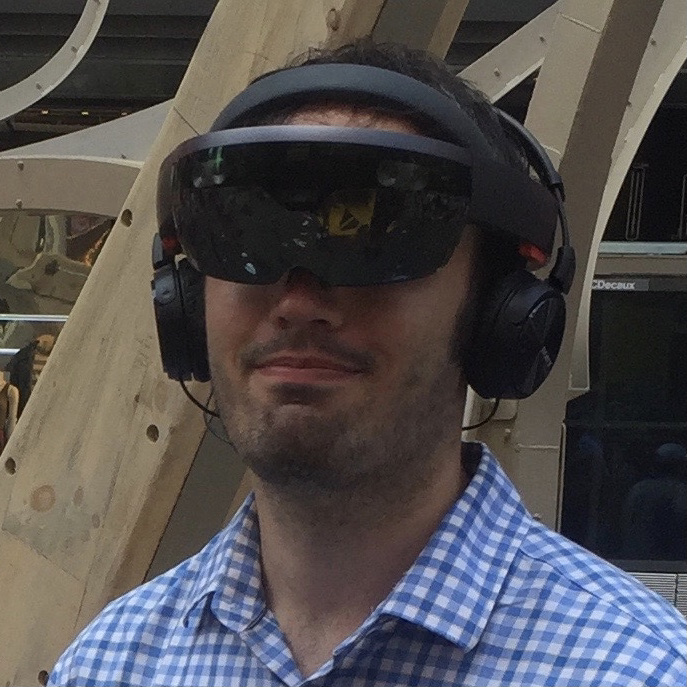Security camera installation: 8 tips from the pros
Get the most of your DIY home security camera system
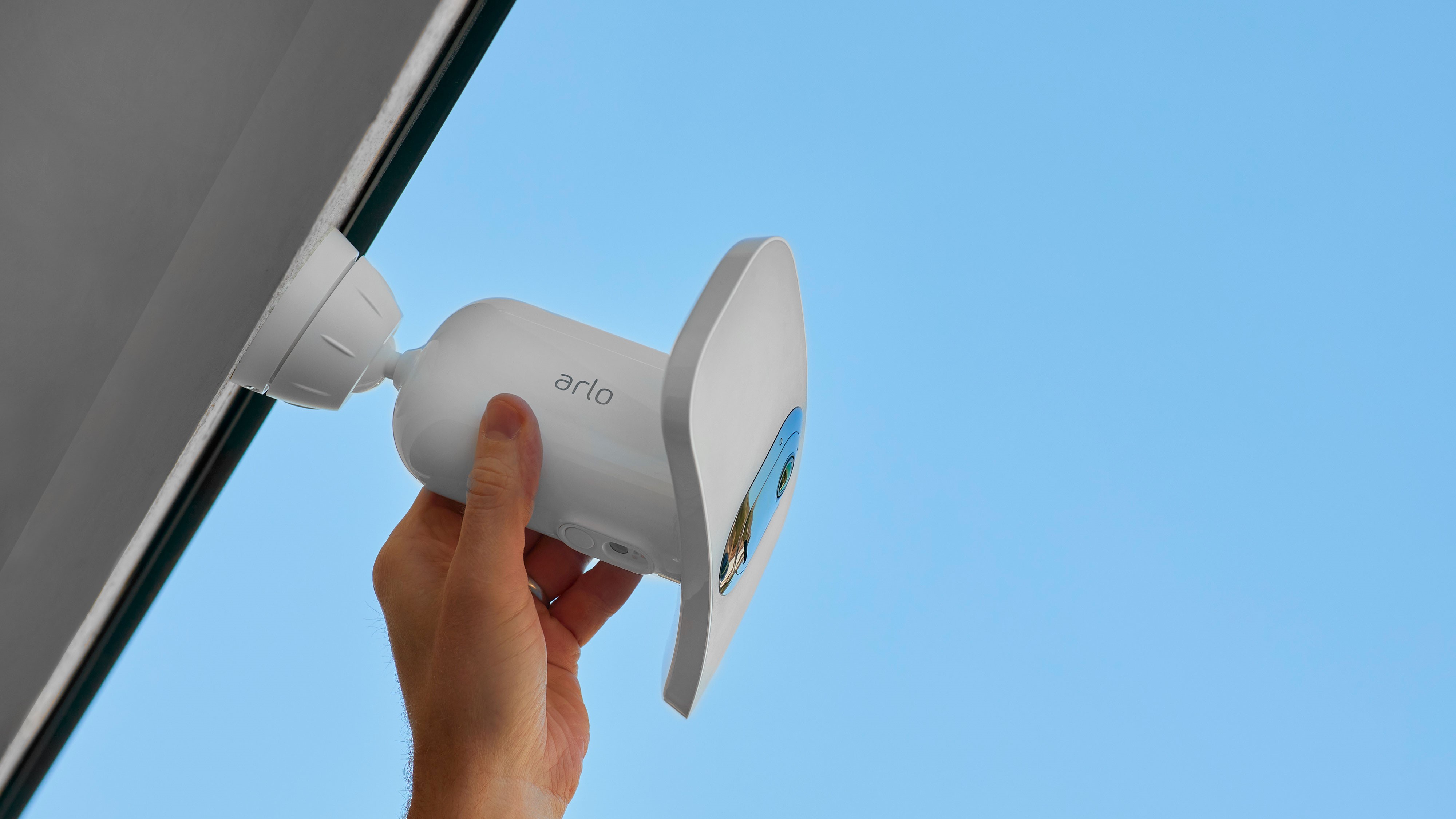
Home security cameras today, when placed properly, are a viable and affordable home security alternative to expensive, pro-installed systems. Their crisp 1080p+ footage, AI human and motion detection, long battery lives and smart home integration are valuable tools for deterring or documenting crimes.
What's especially tricky for DIY security amateurs is, unfortunately, placing cameras properly. Without expert help, you're liable to skimp or overspend on cameras when covering your home, or install them incorrectly, making it easy for would-be robbers to subvert them.
We sat down and interviewed security product teams and engineers from Arlo and eufy — two DIY security companies that sell DIY cameras and other security accessories — and asked them for installation tips, the most common mistakes made by their customers, and other advice for setting up a home security system.
How many cameras do you actually need to protect your home? Should your cams be wired or wireless, visible or hidden, and motion-activated or continuously record? And what other tech do you need apart from cameras, if any? We have the answers you need to make your home security system smarter and more secure.
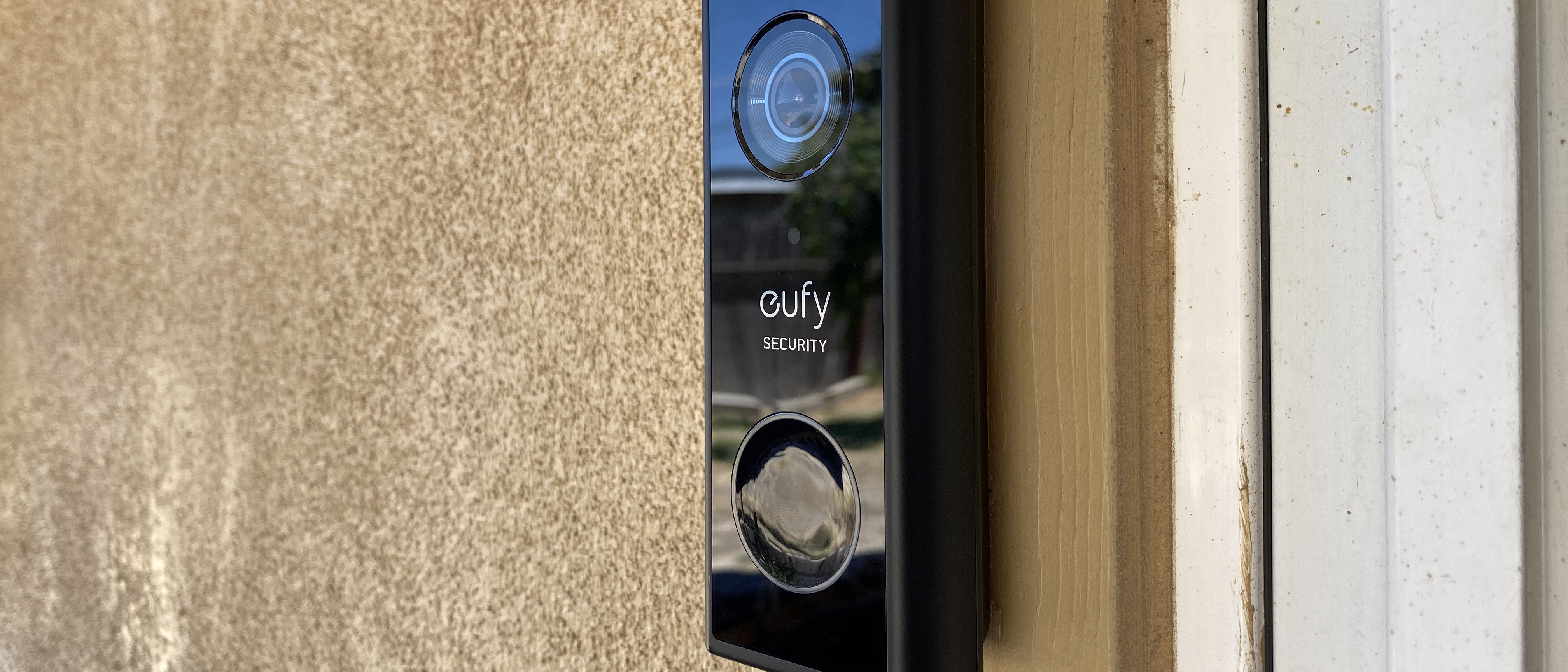
1. Guard every entrance
Every property has a different layout, making it difficult to provide specific advice for a wide range of DIY shoppers. But a good starting point is to surveil every ground-level entry point for someone trying to enter your home.
eufy recommended two to three outdoor cameras generally, while Arlo pushed the idea of 'one per entrance' and said that the most common setup they recommend is one for the front entrance, one for the back entrance, and one additional for the driveway or side entrance.
As a follow-up, we asked whether an indoor camera could guard an entrance as well as an outdoor camera, if you aimed it towards a sliding-glass door with the blinds open.
Get daily insight, inspiration and deals in your inbox
Sign up for breaking news, reviews, opinion, top tech deals, and more.
Arlo nixed this idea, noting that most security cameras use infrared to pick up motion, and that glass can block infrared detection from working properly. So it may not notice an issue until someone has actually entered your home.
They did, however, recommend a one of the best video doorbells as a solid option for guarding your front entrance.
2. Place cameras at the proper height and distance
We asked Arlo what mistakes its customers made most often when setting up a home security system, and Arlo engineer Mark Vartorella said that customers frequently placed their cameras in suboptimal locations, limiting their effectiveness.
"Number one, they need to understand that the best range for motion detection is 5 to 20 feet for the passive infrared," Vartorella explained. You should set up your camera as near the area where you want to detect motion as possible for the best readings.
Customers who buy outdoor cams with wide-angle lenses are sometimes tempted to try guarding as much area as possible, putting it in a backyard corner to guard the whole backyard and side yard at once. But this will limit its effectiveness for detecting motion and capturing close-up footage at entry points.
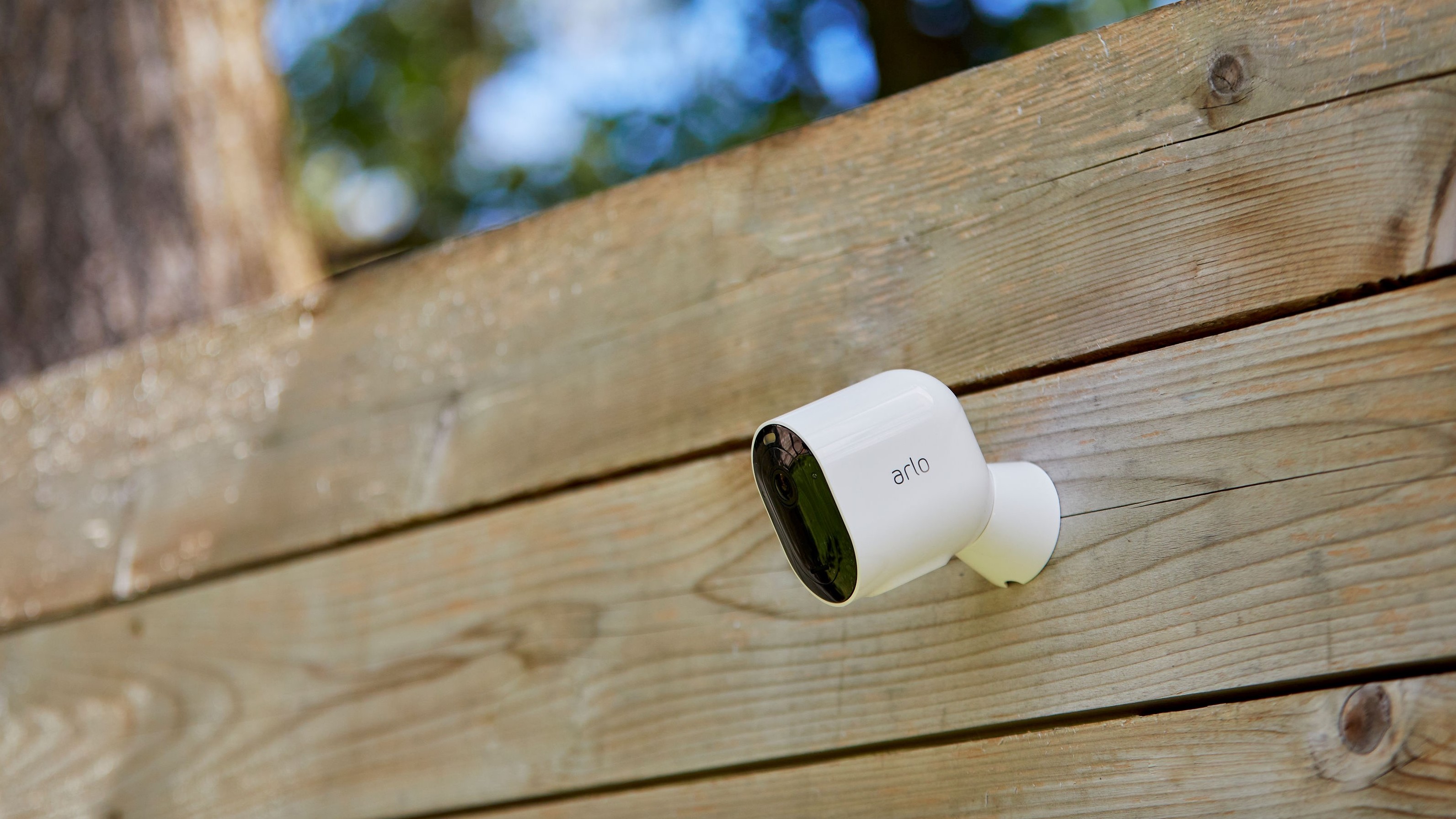
Equally important, you want to place your cameras high up and angle them downward. Again, cameras' infrared sensors are more likely to pick up relevant movement and avoid false positives if you point down on a particular area.
eufy recommended you place your security cameras 8 to 10 feet high, then tilt them 15 to 30 degrees for optimal motion detection. Arlo recommended placing them at least 7 feet high.
Vartorella said that the other common mistake customers make is to point their cameras horizontally, straight out towards the street. Even outside of outdoor cams' capture range, moving cars will trigger alerts because their hot engines are like blinding beacons to an infrared sensor.
With your cams mounted securely, high up and pointing downwards at a high-traffic area, it's harder to sneak past or for an intruder to reach up and pull it down to steal or disarm it.
3. Consider keeping your outdoor cams visible
eufy's market research suggests that most of its customers keep their cameras hidden in order to get footage of unsuspecting burglars and intruders. However, both eufy and Arlo indicated that fully visible cameras can (sometimes) be more effective for preventative home security.
Both companies independently told us that spotlight cams can be a great deterrent, as they make nighttime intruders aware that they're being recorded.
'If the customer wants to intimidate unwanted intruders or to avoid porch pirates, then a visible camera or even a camera with spotlight would be recommended,' eufy's security product team claimed.
On the other hand, cameras can sometimes make would-be robbers think that there is something worth stealing in your home. Although the Arlo team said during our interview that visible cameras can preempt people from targeting your home, they followed up later to say that they 'don’t have any data to suggest one method is better than the other.'
Thus, we don't have a definitive answer here, but wanted to include this tip regardless as a strategy to consider.
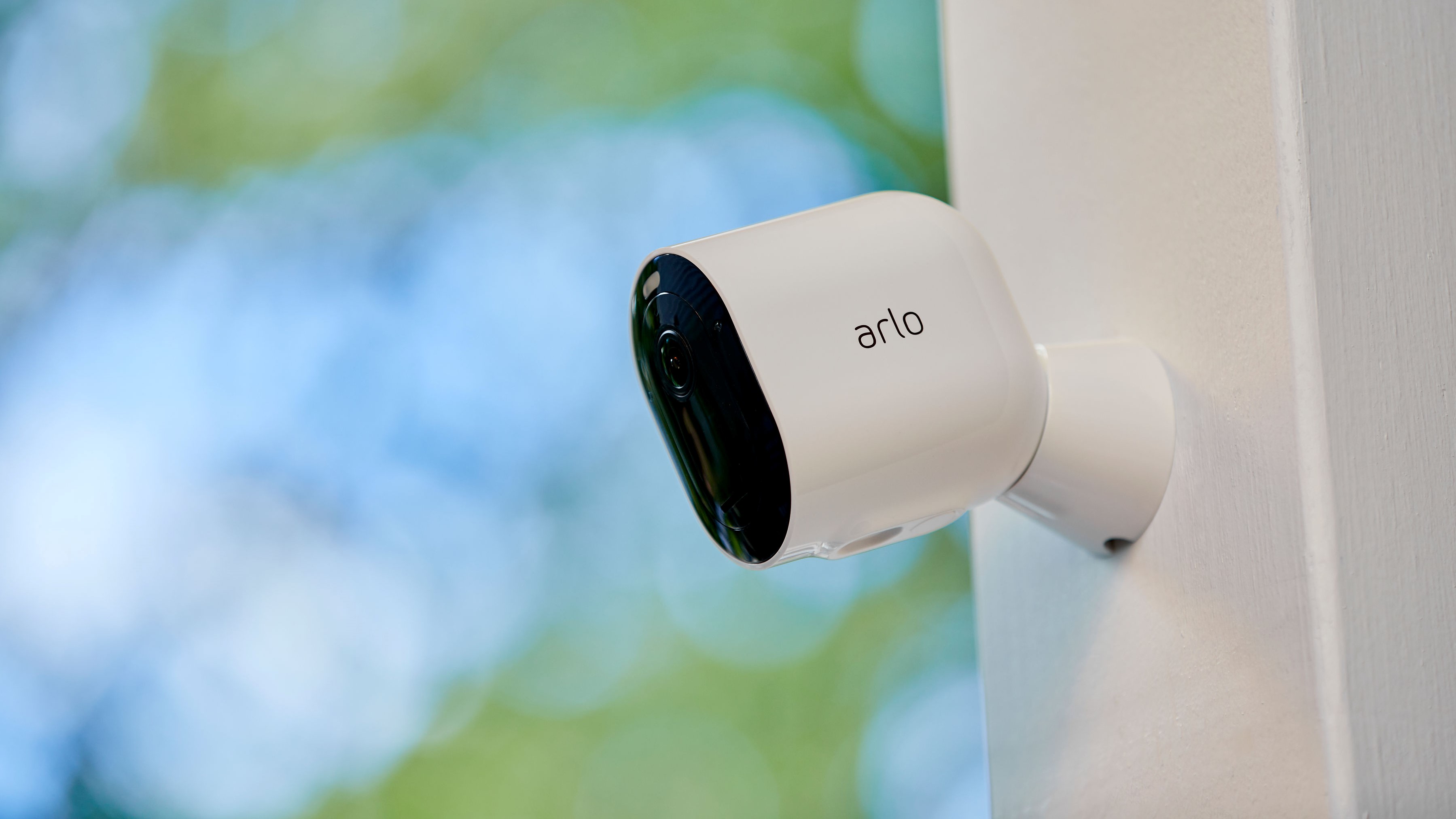
4. Make sure your internet plan can support high-resolution cams
Most security cams are 1080p, but some companies (including Arlo and eufy) sell cams with 2K or 4K quality resolution. More pixels means more actionable footage of suspicious characters when you check your recordings.
While better resolution may seem like a no brainer, Arlo's Mark Vartorella pointed out that you need to be certain that your network can handle it. '4K streams take more bandwidth, so lower bandwidth and upload speeds can cause problems', he told us, particularly if you own multiple cams or enable continuous recording.
You may pay for fast download speeds, but most customers don't pay attention to upload speed, which you need to send video content to the cloud. Just one 4K camera, or 2K camera with a high FPS, could be tough with cheap coverage.
So, before buying your cameras, check your network against their Mbps requirement. Each 4K Arlo Ultra 2, for example, requires 2–4Mbps.
5. People living in apartments or large, brick homes may need wired cams
Arlo's team spent much of the interview extolling the virtues of wireless cams. They provide easy mounting high up or in unusual locations like trees, with no need to worry about finding an outlet or a long exposed wire that an intruder could cut to disable your feed.
However, they did point out that signal interference can be a problem for certain environments and homes, which could make wired or Power over Ethernet (PoE) cameras preferable instead.
Multi-story apartments can be inundated with signals from all directions, which can sometimes interfere when you try to access wireless cams' live feeds.
For homeowners, the main concern is distance between each security cam and the router, and any objects that stand between them. The Arlo team said that wireless cam signals may have more trouble penetrating the walls of a cinder brick home than one with thinner drywalls. And the larger your property, the greater the possibility that any wireless cam will struggle to communicate with your router.
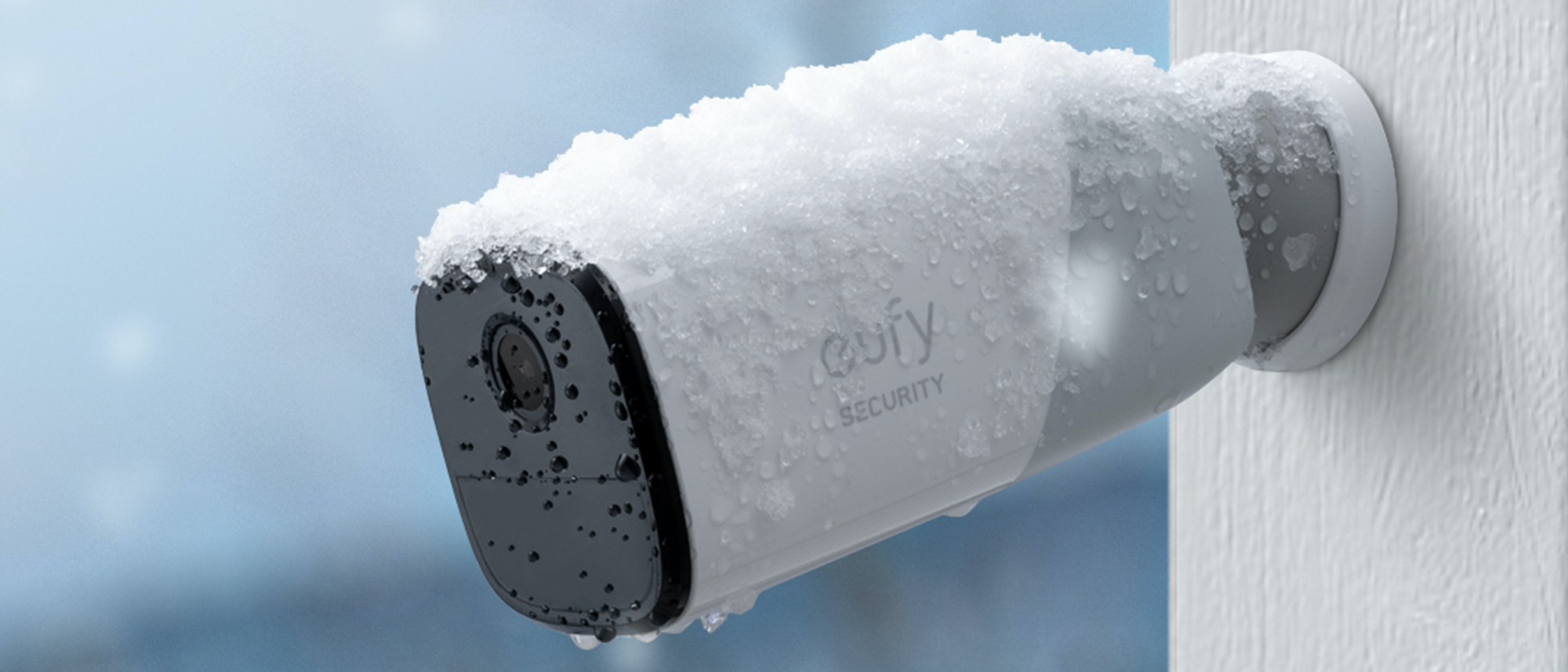
6. Local video storage is cheaper and more secure than cloud storage
When we asked eufy if it had any particular recommendations for good security practices, its team honed in on one feature: local storage.
"By storing your footage on a local SD card, which is only capable of being accessed by your own mobile device through a secure encryption, you can not only keep your house secure, but ensure your privacy as well," they suggested.
Almost all security companies charge you a monthly fee to store video footage on the cloud, so choosing storage-enabled cams will also save you money in the long term. And whenever video is stored on the cloud, there's always the faint possibility that someone could get ahold of your password and access private footage remotely.
Local storage can also enable you to turn on continuous recording on your security cams, although eufy said outright that 'cameras with motion-activated recording are sufficient for most customer’s security needs.'
7. Augment your cameras with sensors and smart lights
Arlo and eufy had similar advice when it came to setting up security cams, but the Arlo team had less to say about non-camera security solutions than eufy did.
We asked both groups whether customers should trust security cameras as an all-in-one security system, or if they should back their cameras up with door / window sensors.
Arlo rep Chanel O'Connor claimed that while sensors are 'useful', 'information is what consumers need to make a quick decision in an emergency situation,' and cameras provide more live, visual context about what is happening than a sensor can.
The eufy team, on the other hand, argued that 'to build a well-rounded home ecosystem, we’d suggest both' sensors and cams. Cameras provide actionable surveillance you can respond to manually, but 'door / window sensors can trigger instant sirens to deter unwanted intruders' automatically.
eufy was also bullish on smart home automations when asked, specifically smart lights that can be triggered to turn on in response to detected movement.
"Lights turning on when a camera detects motion is definitely a very helpful design, especially when it comes to deterring package thefts," they told us.
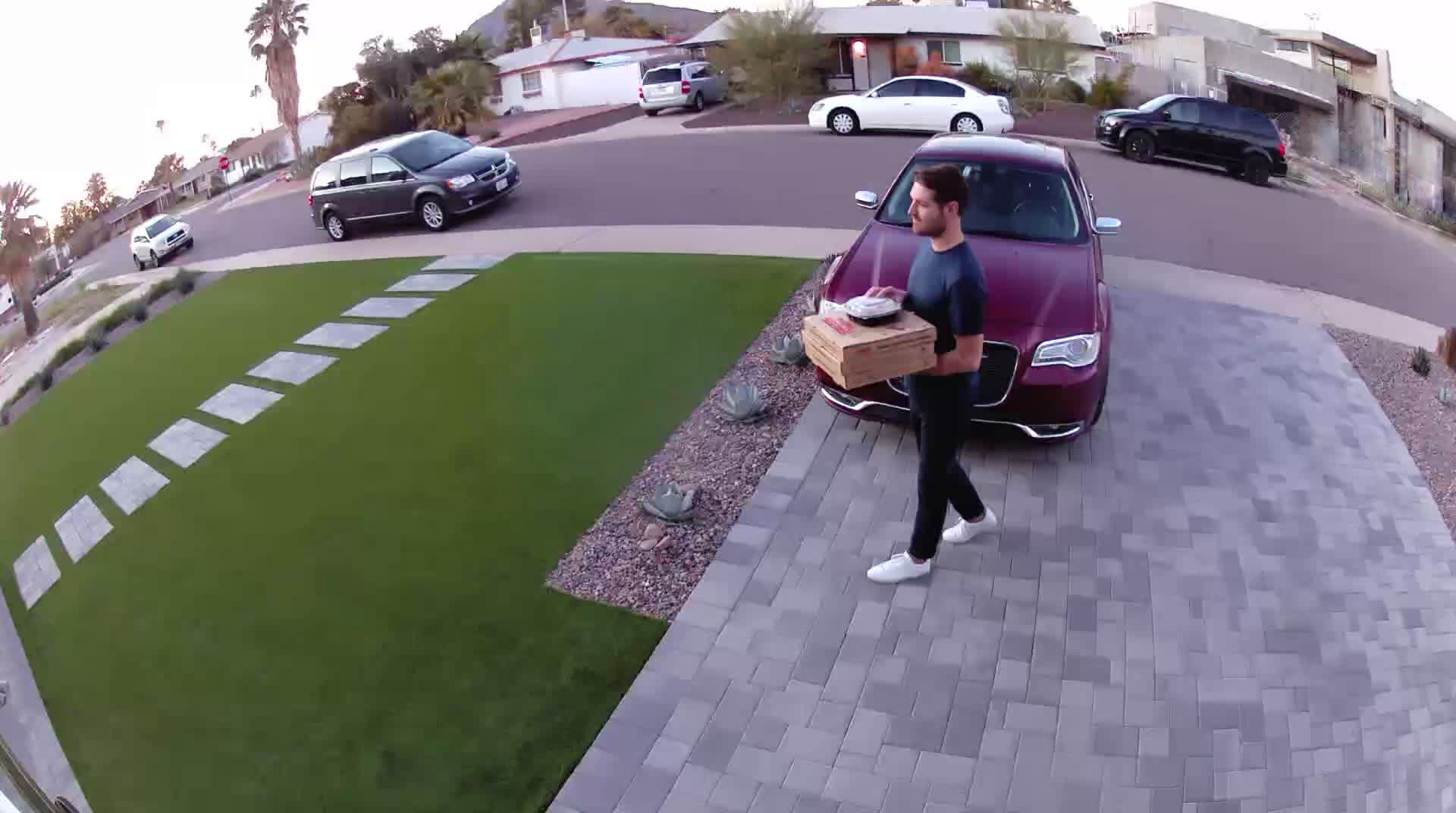
8. Perform regular maintenance and checks
If you're setting up your own security cams and self-monitoring footage, it's entirely on you to make sure the system is still working, or you may give yourself a false sense of security with a bunch of dead cameras. So we've built a checklist based on the information Arlo and eufy gave us:
- Make sure that when setting up wireless cameras, you activate it on the same network and band (2.4 or 5 GHz) as the hub or base to which the cameras connect
- Regularly check your battery levels and recharge or replace batteries while at home, so the cam doesn't go down for hours while you're away at work
- If you are having trouble with your camera feed uploads, make sure to check on your internet speeds, router/modem health and ISP data. You may need to upgrade your equipment or provider
- Check your stored video clips to see if anyone you don't know makes a return appearance
- Purge older, irrelevant recordings to make room in your SD card or cloud storage for new, relevant clips
- Sporadically walk in front of each camera to test its motion-activated alerts and make sure you receive them all
Make all of these a normal part of your security routine, and you'll keep your security system working optimally for much longer.
Michael Hicks began his freelance writing career with TechRadar in 2016, covering emerging tech like VR and self-driving cars. Nowadays, he works as a staff editor for Android Central, but still writes occasional TR reviews, how-tos and explainers on phones, tablets, smart home devices, and other tech.
